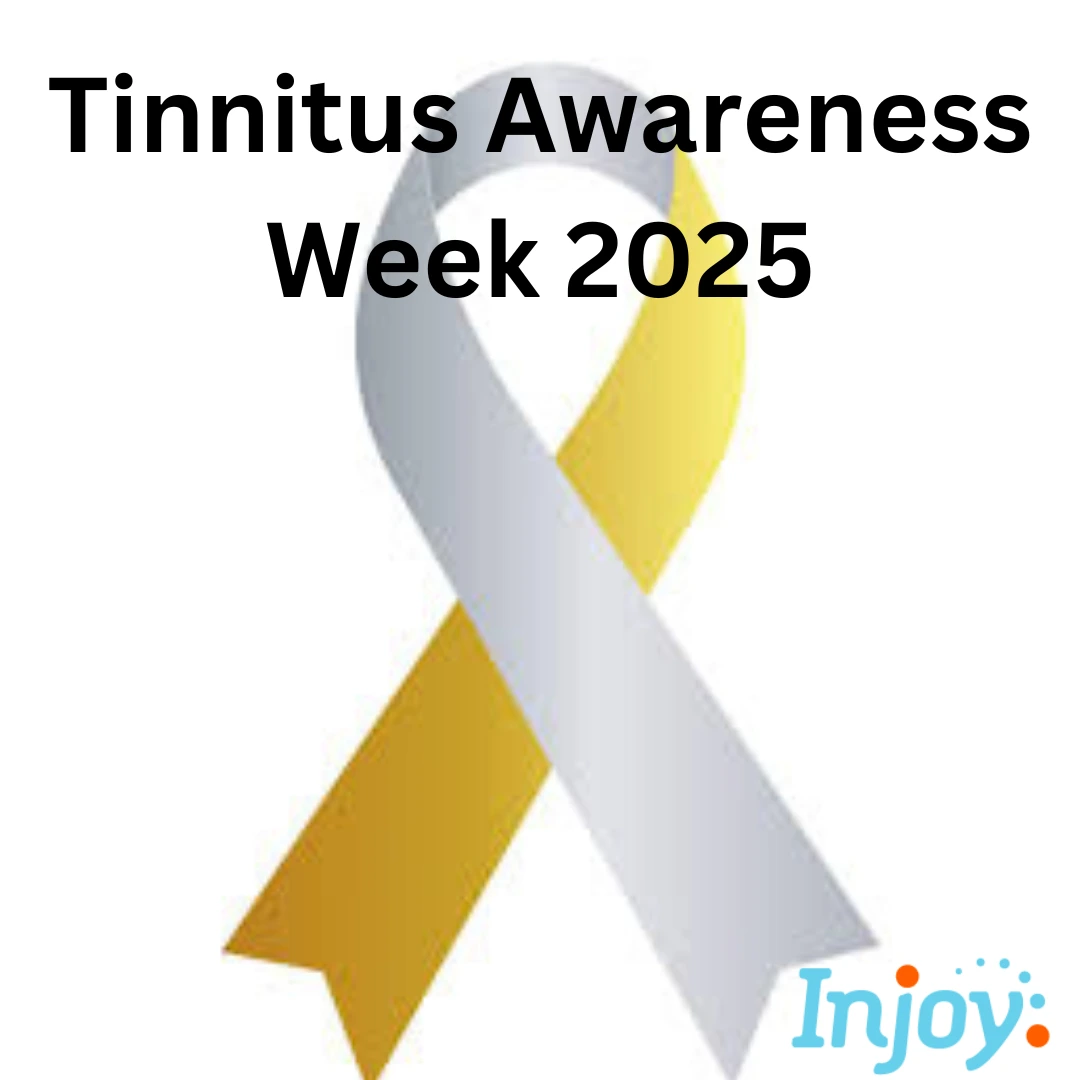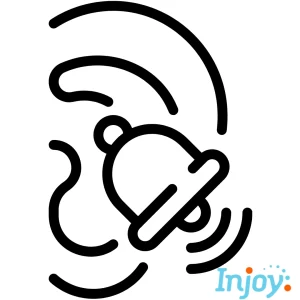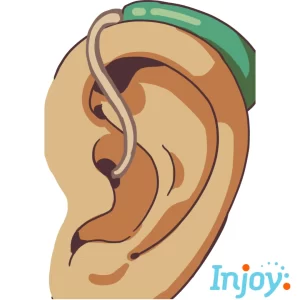
How Do I Get a Hearing Aid?
“WHAT?” You’ve said it so many times your family started a drinking game. The TV volume creeps higher. Your spouse has that look of resigned
Home » Got Hearing Aids? It’s Tinnitus Awareness Week

Tinnitus Awareness Week is for people who don’t have tinnitus. If you have it, you’re already painfully aware of it. That constant ringing, buzzing, or hissing in your ears isn’t just annoying—it can interfere with daily life. The good news? A hearing aid for tinnitus masking might be the relief you need.

Table of Contents
ToggleTinnitus is the perception of sound when no external source exists. People describe it as ringing, buzzing, hissing, or even roaring. It can be constant or intermittent, mild or severe. While tinnitus isn’t a disease, it is often a symptom of other conditions, including:
Since tinnitus is usually linked to hearing loss, an evaluation is key. Many people experience relief with hearing aids designed for tinnitus masking.
Start with a self-assessment that answers the question, “Do you really need hearing aids?”
Tinnitus Awareness Week exists to educate people about tinnitus, its causes, and available management strategies. It also raises awareness about hearing health and encourages individuals to seek professional care. Many people don’t realize that tinnitus is often linked to hearing loss, and this week serves as a reminder to prioritize hearing protection and proactive care. It also provides support for those who live with tinnitus daily, helping them discover new treatments and coping strategies.
Hearing aids aren’t just for making sounds louder. They can be an effective tool for managing tinnitus by altering the way you perceive sound. Here’s how they work:
Most people with tinnitus also have some degree of hearing loss. Hearing aids make external sounds more audible, reducing the contrast between environmental noise and the internal ringing of tinnitus. This makes tinnitus less noticeable.
By increasing access to external sounds, hearing aids provide a more balanced auditory environment. When the brain is exposed to more external stimuli, it has less reason to generate phantom sounds associated with tinnitus.
Some hearing aids have built-in masking features that produce:
These sounds can be customized to match your specific tinnitus frequency and provide targeted relief. Unlike traditional masking devices, hearing aids with built-in sound therapy can continuously adjust to your surroundings, ensuring that the masking effect remains effective throughout the day.
Advanced hearing aids include sound therapy programs designed to retrain the brain to ignore tinnitus. Options include:
These features help the brain habituate to tinnitus, making it less intrusive over time. By using personalized soundscapes, the brain gradually learns to deprioritize tinnitus, making it less disruptive in everyday life.

Using hearing aids for tinnitus isn’t just about covering up the ringing. They provide additional benefits that can improve quality of life:
Understand 10 signs you may need to get hearing aids.
Not all hearing aids offer tinnitus masking features, so it’s important to choose one that fits your needs. When selecting a hearing aid for tinnitus, consider:
Learn more about try before you buy hearing aids.
Hearing aids are a great tool, but a comprehensive tinnitus management plan can enhance relief. Consider these additional strategies:
Playing low-level background sounds, such as nature recordings or music, can help shift your focus away from tinnitus.
Tinnitus often worsens with stress. Relaxation techniques, including meditation, exercise, and breathing exercises, can help break the stress-tinnitus cycle.
If tinnitus has taken over your life, you don’t have to suffer in silence. A hearing aid for tinnitus masking can provide real relief. Injoy Hearing offers top-tier hearing aids designed to improve your hearing and manage tinnitus effectively.
Contact Injoy Hearing today to explore your options and take the first step toward a quieter, more comfortable life!

“WHAT?” You’ve said it so many times your family started a drinking game. The TV volume creeps higher. Your spouse has that look of resigned

If a noisy restaurant feels like a boss fight, you’re not alone. The real showdown is Signia Pure Charge&Go IX vs Phonak Sphere Infinio. One

If you’ve ever cranked up the TV until the dog gave you side‑eye, you’ve probably Googled cheap hearing aids. The price tags look friendly. The

If choosing a hearing aid brand feels like speed-dating for your ears, you’re not alone. Every company claims to have the clearest sound, smartest AI,
Injoy specializes in crafting custom Phonak hearing aid solutions tailored to the unique hearing needs of our patients. With a team recognized as the best in the business and decades of experience in helping people nationwide, we’re dedicated to improving your hearing and, consequently, enhancing your quality of life.
To start your journey towards better hearing with confidence, Injoy is proud to offer a 30-day risk-free hearing aid trial. This allows you to experience the difference our Phonak hearing aids can make, ensuring they meet your expectations and fit your lifestyle perfectly.
Improve your hearing and improve your life today by contacting Injoy to learn more about our risk-free trial!

Need hearing aids? Explore our range of hearing aids and discover the best option for your lifestyle and Unique Hearing Needs.
Are you a current patient with us? We're here to help with any adjustments, repairs, or support you may need.